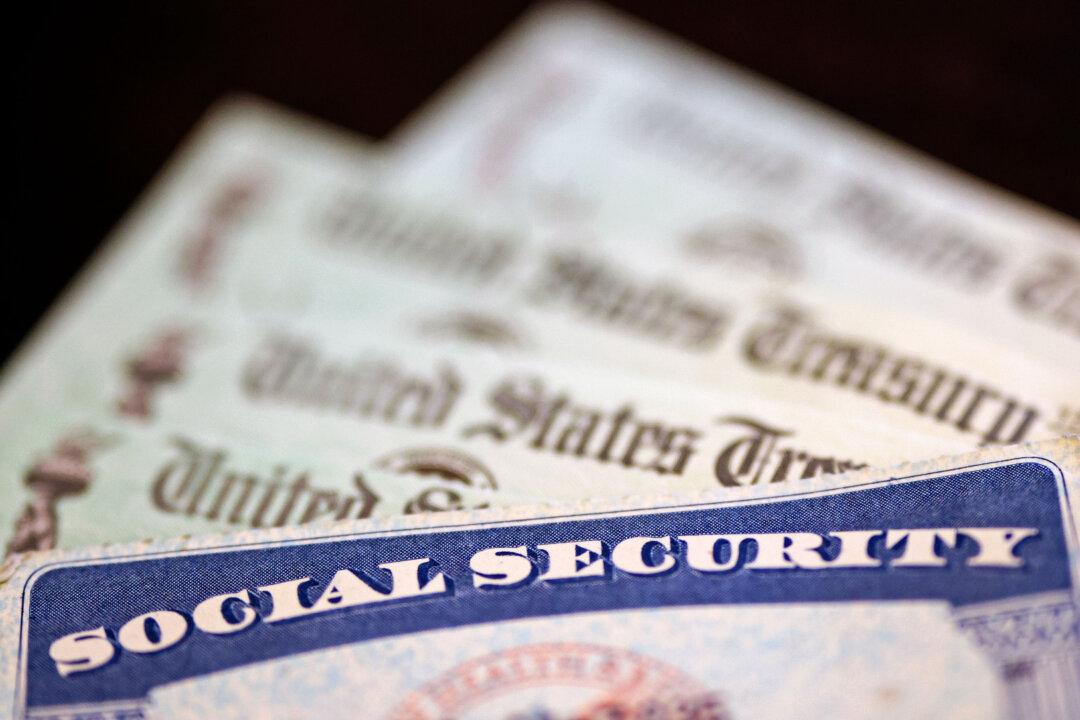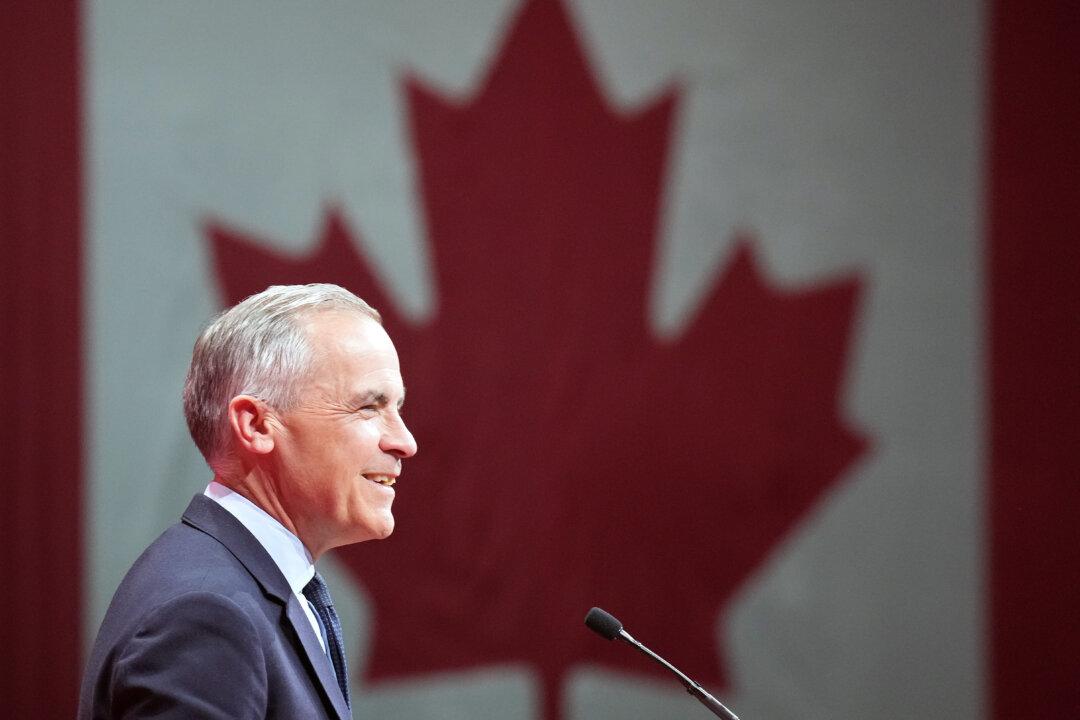Wholesale inflation slowed sharply in February as retail sales turned negative, a sign that inflationary pressures may be easing and bolstering investor bets that the Federal Reserve will slow it blistering pace of interest-rate hikes as the economy cools.
That’s sharply lower than consensus forecasts that called for a 0.3 percent growth in the pace of producer prices, which serve as a leading indicator of consumer price inflation as higher input costs tend to get passed along eventually to retail shoppers.
Wholesale inflation in year-over-year terms came in at 4.6 percent in February, lower than the 5.4 percent analysts expected and below January’s pace of 5.7 percent.
Core PPI, which excludes volatile food and energy prices, remained flat in February, at zero percent. The reading is down from 0.1 percent the prior month and well below forecasts of 0.4 percent. In annual terms, core PPI came in at 4.4 percent compared to 5.2 expected and 5.0 percent the prior month.
Market analyst Sven Henrich saw the sharp drop in wholesale inflation as a sign of economic weakness.
Far from cutting rates, the Fed has repeatedly signaled its commitment to take rates higher. The central bank has been frustrated with inflation running well above its 2 percent target despite raising interest rates at the fastest pace since the 1980s.
Investors Bet Fed Will Hit Pause
Wednesday’s data showing a sharp drop in wholesale inflation has led to an ever sharper realignment in market expectations for the future path of interest rates.The remainder (30.6 percent) expected that the central bank would hold rates steady at the current range of 450–475 basis points.
But with Wednesday’s release of the wholesale inflation numbers, those odds have shifted dramatically.
Now, most investors (62.4 percent) expect that the Fed will not raise rates at the next meeting. By comparison, a week ago, there was a zero percent probability that the Fed would hold rates steady.
The dramatic shift in the rate hike odds is a possible sign that investors think the fallout from the twin failures of Silicon Valley Bank and Signature Bank will force the Fed to dial back on monetary tightening.
The Silicon Valley Bank collapse came as depositors rushed for the exits as word spread that the bank had booked huge losses on its bond portfolios, which eroded in value due to the Fed’s rate hikes.
Following the twin collapses, U.S. financial authorities invoked a “systemic risk exemption” for the two banks, basically designating the failures as having the potential to disrupt financial stability. This allowed the Federal Deposit Insurance Corporation (FDIC) to waive its $250,000 deposit guarantee limit and cover all deposits at the two banks in their entirety.
“Watching inflation as well as other recent developments, the Federal Reserve has a needle to thread,” Bankrate senior economic analyst Mark Hamrick told The Epoch Times via email.
“The bank failures of the past week have pushed financial stability issues to center stage, but inflation remains in the spotlight and is part of its dual mandate along with maximum employment,” he continued.
“The Fed wants to contain the impacts of the bank failures so that they don’t infect the rest of the financial system and the broader economy,” he added.
FDIC chair Martin Gruenberg warned recently that U.S. banks are sitting on unrealized losses on their bond holdings of around $620 billion, but added that banks in the country are “generally in a strong financial condition and have not been forced to realize losses by selling depreciated securities.”
A few regional banks have seen their shares drop in the wake of the SVB and Signature failures, and credit ratings agency Moody’s Investor Service has put six banks on review for a downgrade.
Also, Moody’s on Monday cut its view on the entire U.S. banking sector, from stable to negative, citing “rapid deterioration in the operating environment.”





